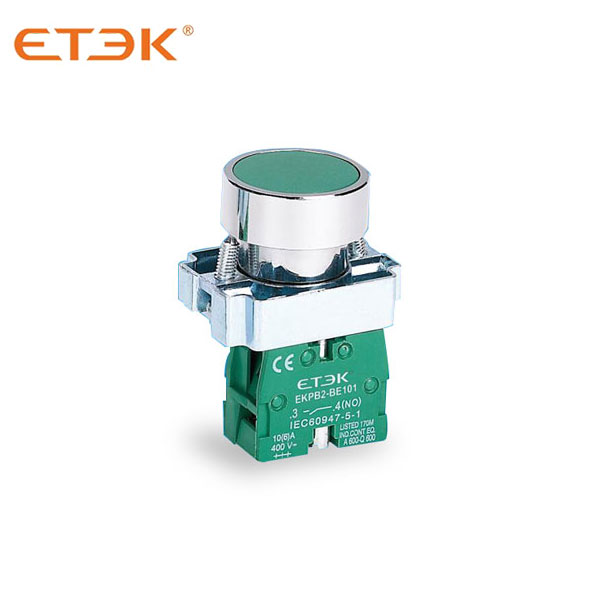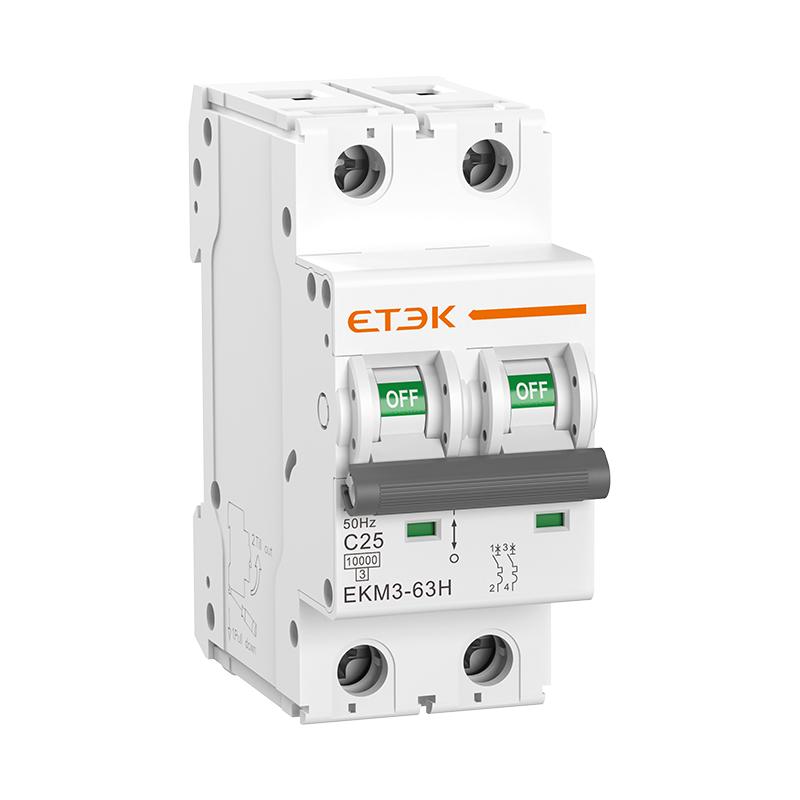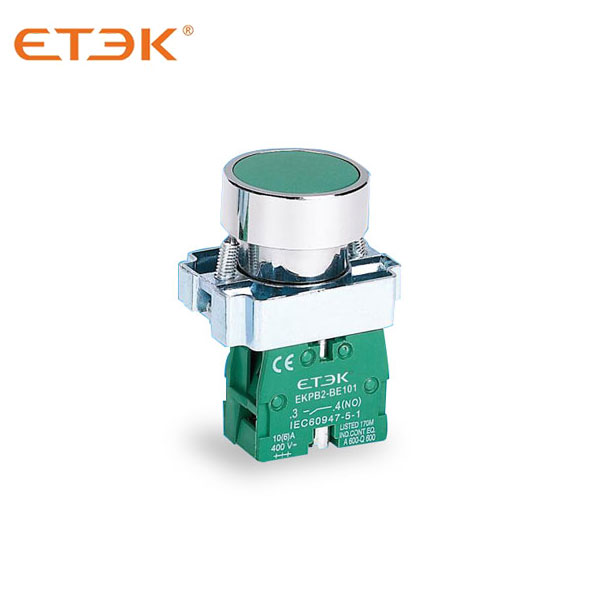What Does a Push Button Switch Do?

A push-button switch, also known as a momentary switch or tactile switch, is a switch that is activated by pressing a button or plunger.
What is the main purpose of a push button switch?
The main purpose of a push button switch is to control the flow of electricity in a circuit. By pressing a button, you can turn the device on or off, activate specific functions, or trigger specific actions.
Pushbutton switches provide a convenient and reliable way to interact and control different functions of your device.
The switch is designed to provide a momentary connection, meaning the push button switch will remain active as long as the button is held down.
Overall, push button switches act as user interface components that allow you to initiate a specific action or operation, temporarily complete a circuit, and control the flow of electricity by pressing a button.
How does a push button switch work?
When you press the button, it temporarily creates an electrical circuit, causing current to flow through the switch.
Once the button is released, the circuit is broken and the switch returns to its original state.
Where are pushbutton switches used?
Push button switches are widely used in different industries. These switches are typically used to turn devices on/off, trigger specific actions, or select different options, among other functions.
Here are some common examples of using push button switches:
1. Consumer electronics
Push button switches are widely used in a variety of consumer electronic devices, such as smartphones, tablets, remote controls, game consoles, and computer keyboards.
Button switches are used to power your device on/off, adjust volume, change settings, or select options.
2. Industrial control panel
Push button switches play a vital role in industrial control panels and machinery.
Push button switches are used to control and operate a variety of functions including starting/stopping motors, activating alarms, selecting different modes or settings, or emergency shutdown.
3. Car
Push-button switches serve many purposes in cars, such as controlling lights (headlights, fog lights), turning on hazard signals, operating power windows or locking/unlocking doors.
4. Medical equipment
In medical devices and equipment, push button switches are used to control different functions.
Push-button switches can be found on hospital beds, diagnostic machines, infusion pumps, or medical monitors and are used to activate specific actions or adjust settings.
5. Aerospace
Push-button switches are used in aircraft and spacecraft to control cockpit instruments, navigation systems, lighting controls or emergency procedures.
6. Appliances and Home Automation
Push-button switches are commonly found in home appliances such as microwaves, washing machines, coffee makers, and thermostats. Push-button switches enable users to start/stop operations, set timers, adjust temperature levels or select specific programs.
7. Security system
Push-button switches are integrated into security systems such as access control panels, alarm systems or intercom systems to activate or deactivate security modes, trigger alarms or open/close doors.
8. Audio equipment
Push-button switches are used in audio equipment, such as amplifiers, mixers, or audio players, to control functions such as power on/off, play/pause, track selection, or volume adjustment.
These are just a few examples of commonly used push button switches. The versatility and ease of use of push button switches make them suitable for a variety of applications requiring manual control and operation.
What position is a push button switch usually in?
Push button switches can vary in design, but they usually consist of a button or plunger mounted on a panel or PCB (Printed Circuit Board).
Push-button switches can be either momentary or latching, with momentary switches returning to their original state when released, and latching switches remaining in the last position until pressed again.
Here are some common installation locations:
1. Control Panel
Push button switches are typically installed on control panels in industrial environments, machinery or equipment.
The control panel provides a centralized location for accessing and operating different features and controls.
2. Printed circuit board (PCB)
Pushbutton switches can be soldered or surface mounted directly to PCBs in electronic devices.
Pushbutton switches are commonly used as user interface components that allow users to interact with a device or system.
3. Shell or equipment surface
Push-button switches can be mounted on the enclosure or on the external surface of the device.
This allows for easy access and operation without opening the case or device.
4. Control handle or joystick
In some applications, push button switches may be integrated into the control handle or handle.
For example, in handheld devices or tools, buttons may be located on the handle or grip for easier operation.
5. Front panel or instrument panel
Pushbutton switches can be mounted on the front panel or dashboard of a variety of devices or systems.
This is common in automotive applications where switches are placed within easy reach of the driver or passenger for easy access and control.
6. Numpad or Keyboard
Push-button switches are often integrated into a keypad or keyboard, such as those found in calculators, phones, or computer peripherals.
These switches are usually arranged in a grid pattern to form a user-friendly input interface.
In conclusion
Pushbutton switches are simple but essential components in electrical circuits, providing a convenient and reliable way to control different functions in a variety of devices and systems.





.jpg)






